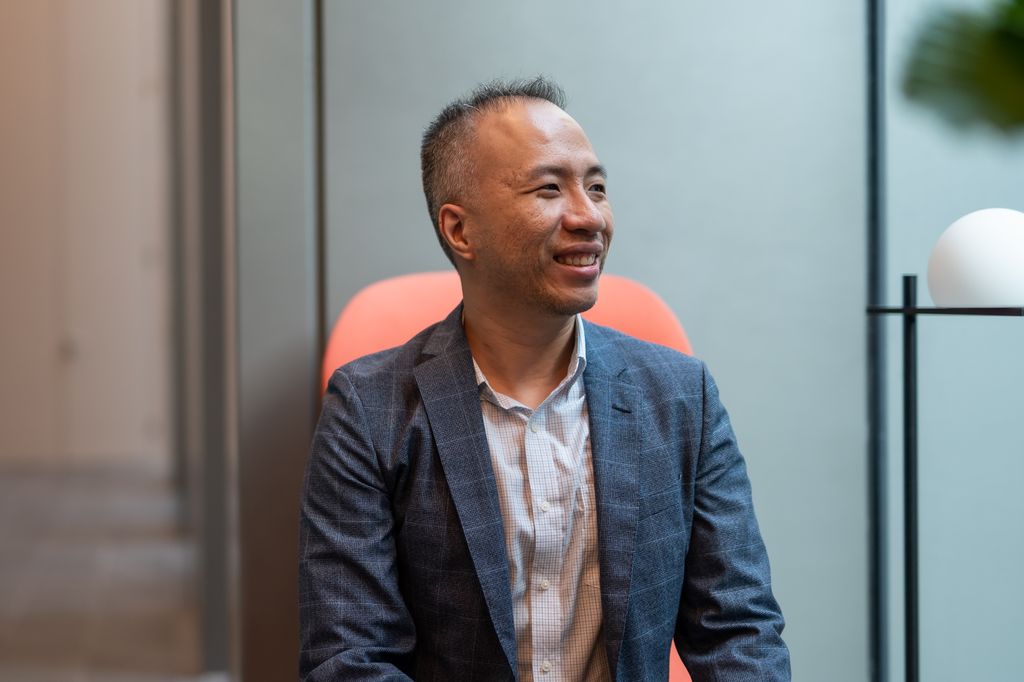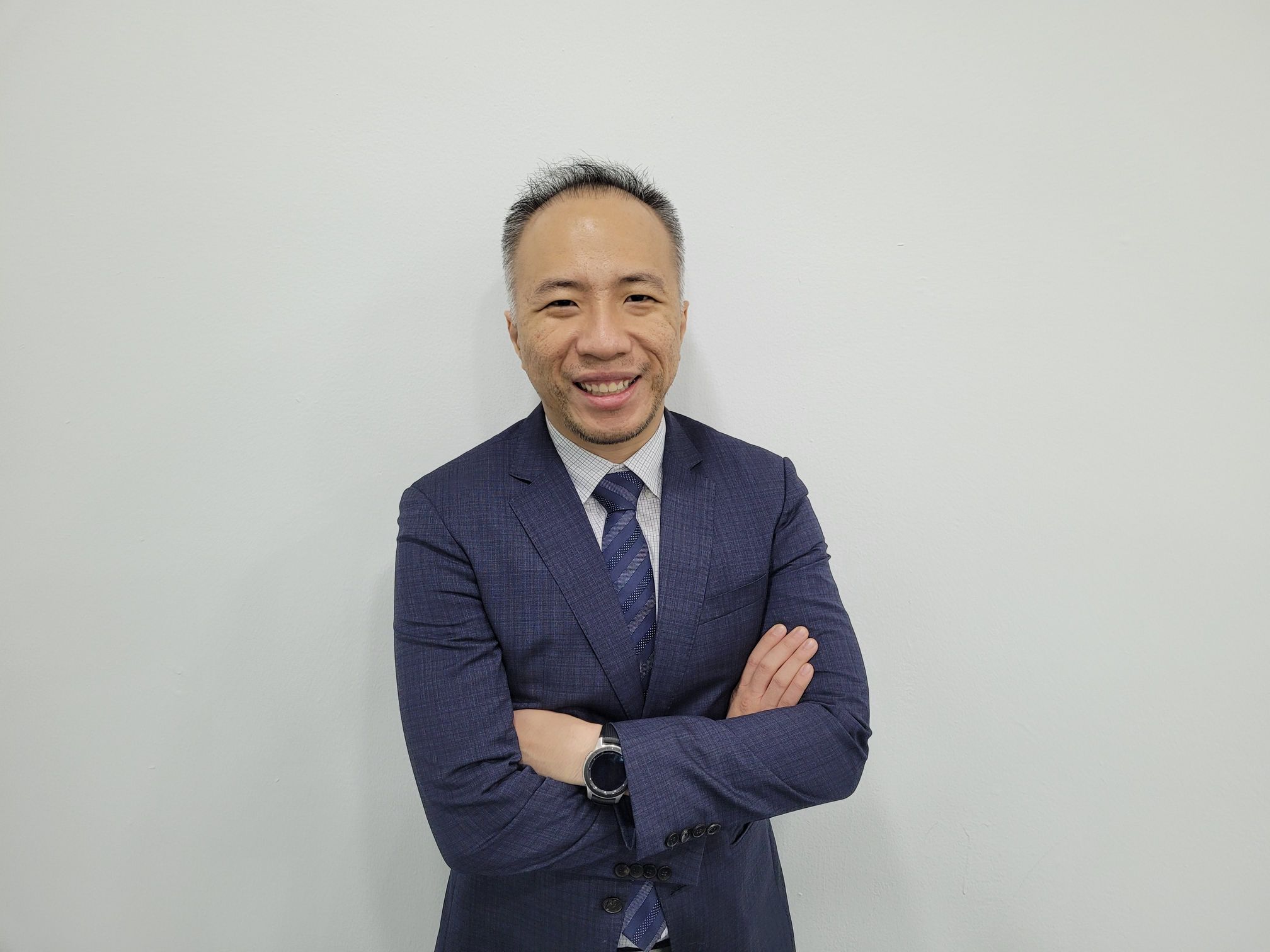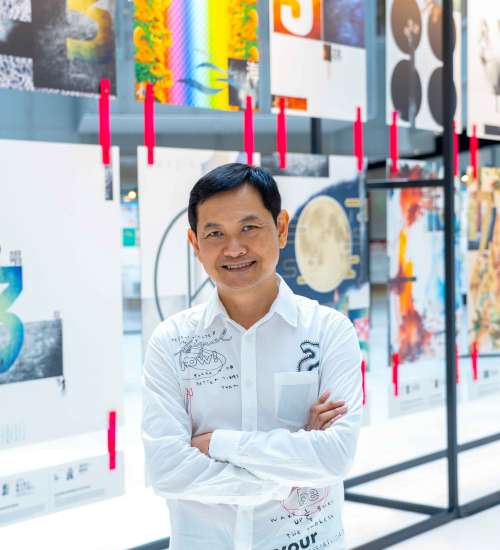Benjamin Soh, co-founder and MD of STACS, a Singapore-based FinTech firm founded by capital market veterans, shares that there is a shift happening in banking; a change that is leaning towards Environmental, Social, and (Corporate) Governance. While promising, he admits that this ongoing transition is no walk in the park as there are growing pains expected along the way.
There are also many questions that need to be asked, he reveals. “When you make a green trade or investment, how can you be sure that your money is being used for the sustainable purposes claimed? How can you be sure a financial product is at net zero carbon? How can banks and financial institutions reassure regulators and their own shareholders that they are making a positive contribution to an ESG-driven future economy?”
These are the questions being wrestled with as global ESG assets are on track to reach $53 trillion by 2025, based on an analysis by Bloomberg, representing more than a third of the $140.5 trillion in projected total assets under management.
 Benjamin Soh, co-founder and MD of STACS
Benjamin Soh, co-founder and MD of STACS
How is STACS ‘green fintech’ making banks pursue environmental sustainability and accountability goals?
This is an area at STACS that we are very passionate about – helping solve for the financial system through distributed ledger technology (DLT).
Banks are realising the need to support legitimate green and sustainable financing and to monitor the commitment of these projects and organisations in the ESG space.
Currently, however, less than 0.3 per cent of all bond financing is green, with insufficient efforts leading to a US$2.6 trillion annual funding deficit towards achieving the goals of the Paris Agreement.
This gap stems from the absence of an efficient common data infrastructure as a nexus between the financial industry and ESG efforts, with often-fragmented data exacerbated by the lack of transparency in impact reporting and usage of proceeds.
Whether it’s on the data side, blockchain, or IoT that measures and verifies said data, fintech is figuring out how to apply it to commercial green use cases.
Given this, we are now leveraging our core patent-pending blockchain technology, integrated with IoT and various other technologies in collaboration with our partners, to launch GreenSTACS, an industry-wide integrated DLT-powered ESG Finance and Data Infrastructural Nexus.
GreenSTACS has been pivotal to mobilizing capital, supporting effective green and sustainability-linked loans and bonds, monitoring commitment, and stimulating continuous ESG efforts through indisputable quality impact reports. Through GreenSTACS, we are committed to empowering financial institutions to unlock massive value and discover new opportunities in green and ESG finance.
You led STACS through a $5 million pre-Series A fundraising in April 2021, which brought Wavemaker Partners on board. You are also already planning additional funding later this year. Tell us about your funding activities, building your team, and future plans.
In 2017, I saw a real need in the financial markets for trade clearance and settlement, so I decided to pursue the opportunity to build a solution for it. After initial work and research and development, I founded STACS in February 2019 to bridge this gap in the market with new DLT.
To put it into perspective, since the 1970s the capital markets have been fragmented where institutions operate on different systems and ledgers, and go through a linearly-dependent process where settlements take between two to 14 days depending on the asset class. This has led to US$800 billion of capital being locked up every single day in the clearing system.
On top of that, with multiple layers of processing, nearly US$300 billion is being spent on transaction costs and this model isn’t even effective. In the EU alone, for example, approximately six per cent of trades fail to settle, resulting in €35 billion in penalties annually.
Today, we are humbled to be working with the likes of Deutsche Bank, BNP Paribas, Eastspring Investments, Bursa Malaysia, PwC Singapore, UBS, Union Bank of the Philippines, and other financial global institutions to address these challenges.
As one example, having implemented our real-time synchronised trade processing platform with Eastspring Investments and BNP Paribas Securities Services last year, we reduced trade breaks for both institutions by more than 90 per cent. Moreover, non-value-added manual reconciliation was reduced by 62 per cent, unlocking massive value and allowing them to refocus their resources on discovering new opportunities.
Earlier this year, we brought on former Standard Chartered Singapore CEO Ray Ferguson as our Chairman. We are also honored to have our technology recognized as one of the few live DLT platforms for effective Trade Lifecycle Management in a global The World Economic Forum (WEF) report on Digital Assets, Distributed Ledger Technology, and the Future of Capital Markets.
In April, we raised $5 million in pre-Series A funding from VCs, including Wavemaker Partners, Tribe Accelerator, and Stellar Partners. Most recently, we announced our collaboration with Deutsche Bank, Bursa Malaysia, UBS, and Union Bank of the Philippines in delivering an industry-wide functional Bonds-in-a-Box platform for digital assets and sustainability-linked bonds.
Before STACS, you built a large fintech business and successfully exited to pour your winnings into STACS. Tell us some of your interesting experiences and learnings from your entrepreneurship?
Early on, I decided that I didn’t want to work for anyone else and pursued the life of an entrepreneur. This decision meant I had to sell almost all my possessions to survive and fund the business. This included all my stocks and two guitars.
It was a time when I had to live on a $2 food budget per day (bread for breakfast, lunch, and dinner, with banana and walnut flavoured bread as a treat from time to time). In 2005, trading stocks or currencies in Singapore meant calling a broker over the phone and waiting two days for a paper letter to arrive in the mail confirming the trade.
This led me to found my first start-up, Broctagon in 2009, which built electronic trading solutions for brokerages and financial institutions. The company is still operating today with over 100 staff across multiple markets, though I have since exited most of my stake.
Looking back, this was a memorable and formative time in my career and taught me a lot about myself – that I was willing to go the distance and make serious sacrifices to become an entrepreneur.
Today, of course, everything has moved online and appears to happen instantly but there are still remnants of that outdated legacy infrastructure hidden below the surface (hence founding STACS). While I have attained personal success, I think it is important to remain grounded to my roots, so I still stay with my father in the same HDB flat that I grew up in.
I think it is important for entrepreneurs to always remember why you got started, and hopefully, translates into a leadership style that is all about teamwork.

"I am a fan of empowering team members to take up leadership roles. I encourage them to lead projects and many external client meetings and projects are led by the team members themselves."
How have these lessons been helpful for you at STACS?
The biggest lesson for me comes back to synergy: That success can belong to normal people who are able to work together and achieve more.
The greatest sense of achievement is when a group of normal people are able to come together and work as a team, where it takes every person playing his/her role in order to be able to overachieve by doing something that none of us would be able to accomplish individually.
I am most heartened by this coming together of a team, as it takes everyone having the same vision and purpose to be able to start from not knowing each other very well to committing to the challenge of working together in a startup for an extended period of time with no guarantees of success.
Maintaining team unity appeared to be a challenge when our company tripled in headcount within a short period of time, as we grew from 10 members in 2020 to 35 employees today. As such, managing a startup requires me, as founder, to give a lot of attention to internal communication.
I am also a fan of empowering team members to take up leadership roles. I encourage them to lead projects and many external client meetings and projects are led by the team members themselves.
Even at some of the global conferences and events, I choose to let team members take the stage as I believe the business can grow only if the team members also grow in terms of personal development. Initially, this approach may be new to some team members who have not been exposed to such a culture. What results, however, is more opportunities and experiences for employees, which they may not be able to get in a typical job. Hence, they’re better able to fulfil their full potential.







 Benjamin Soh, co-founder and MD of STACS
Benjamin Soh, co-founder and MD of STACS






 Back
Back